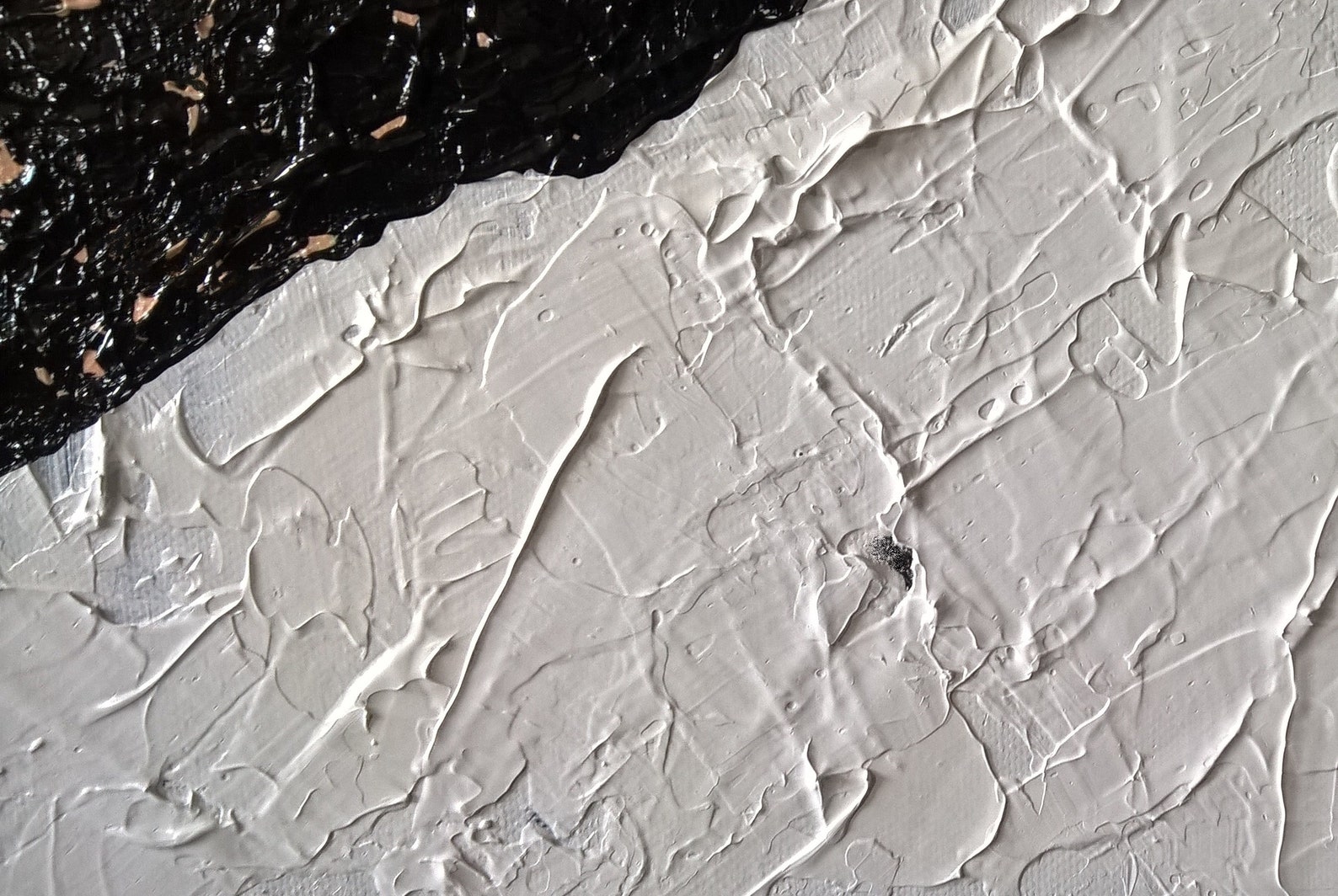
Made with latex over rope, string, and wire, it mimics a tangled drawing in space, suspended from the ceiling.

‘Untitled (Rope Piece)’ was made in 1970 as Hesse was dying, as was finished with the help of her friends. In the spirit of Minimalism, Hesse’s practice explored how the simplest of materials could be used to exemplify much more. She is also known as one of the artists who ushered in the post-minimal art movements in the 1960s. A German-born American sculptor, Eva Hesse is best-known for her pioneering work in latex, fiberglass, and plastic. By creating works that test the limits of color through her self-designed diagrams and spatial patterning, Judy Chicago grew to be known as a pioneering Minimal and Feminist artist. It was reconstructed in 2004 as the original ‘Rainbow Pickett’ was destroyed by Chicago due to hefty storage costs, later becoming the hallmark piece for LAMOCA’s ‘A Minimal Future? Art as Object, 1958-1968’. This work was also shown at the foundational exhibition, ‘Primary Structures’ at the Jewish Museum, where critic Clement Greenberg stated that it was one of the best works in the space. Created for her first solo show at the Rolf Nelson Gallery in Los Angeles in January 1966, Rainbow Pickett is a room-sized sculptural installation composed of six trapezoids of different colors and lengths. Standing out from the traditional neatness. Standing out from the traditional neatness of Minimalism, it is through its modes of composition that allows it to be perceived within the genre.



 0 kommentar(er)
0 kommentar(er)
